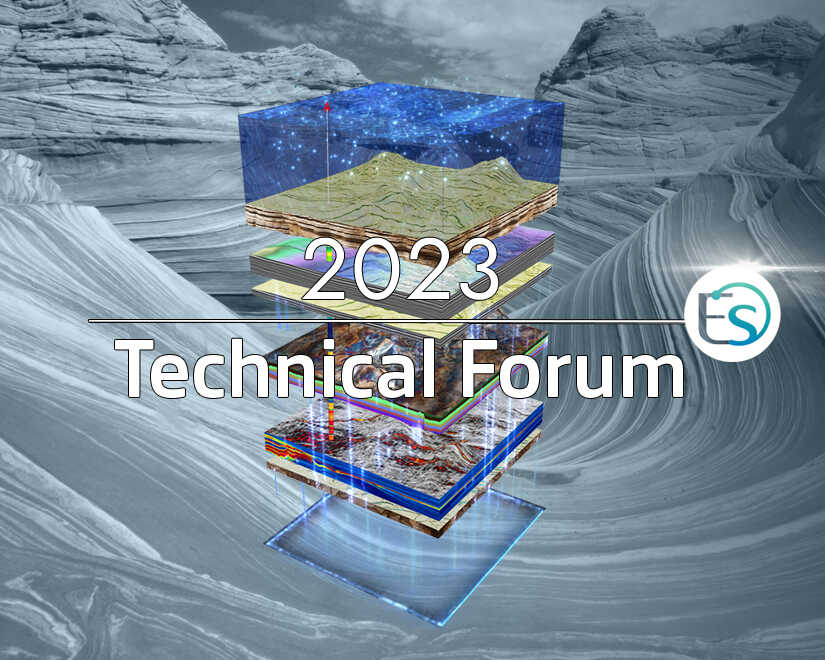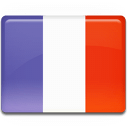PaleoScan™ 2023 Technical Forum Retrospective

The 2023 Eliis Technical Forum was a great success thanks to all speakers and participants! We were blessed on having just over 400 registrants with people from all over the world connected to the different sessions, to hear more about PaleoScan™ 2023 new features.
A big thank you for your participation, involvement and contributions to our events, we hope you have enjoyed them as much as we did!
A special thanks to all external speakers for sharing their work and findings with us. It was very rewarding for us to see how you have successfully been using PaleoScan™ to tackle different challenges from bringing new insights into the injectite play of the Norwegian continental shelf (Anna Rumyantseva, Senior Geoscientist, CGG), revealing the potential of the emergent Suriname-Guyana Basin and showcasing PaleoScan™ workflow applied to the Browse Basin, North West Australia (Ronald Daniel, Consultant Geoscientist).
The main highlights of the PaleoScan™ 2023.1 version are the introduction of an Horizon constraint in the 2D and 3D Model-Grid creation workflow, the integration of a waveform classification tool and a new Spectral Decomposition method using Matching Pursuit algorithm.
Eliis 2023 Technical Forum focused on:
- Eliis key strategical themes and 3 years Roadmap
- PaleoScan™ 2023.1 new features presentations
- Case Study 1: Wind farm site identification, offshore Netherland
- Case study 2: Identification and characterization of C02 storage potential of the Smeaheia Fault block, North Sea
Please find here the video recording of Eliis’ Technical Forum to watch again and/or share with your co-workers:
- The Short Time Fourier Transform (STFT) performs a Fourier transform inside a sliding window implying a time frequency resolution dependent to the window length.
- The Continuous Wavelet Transform (CWT) convolves the seismic signal with different compressed-dilated wavelets allowing a multi-resolution analysis of the signal: it gives high frequency resolution at low frequencies and high temporal resolution at high frequencies.These two methods are useful at regional scale for identifying main geological features.
- The Matching Pursuit (MP) method independently decomposes each seismic trace in a linear combination of wavelets. The Matching Pursuit has a superior temporal and frequency resolution compared to the STFT and CWT methods. Thus, this method offers a better vertical resolution and is used in particular for reservoir analysis.

